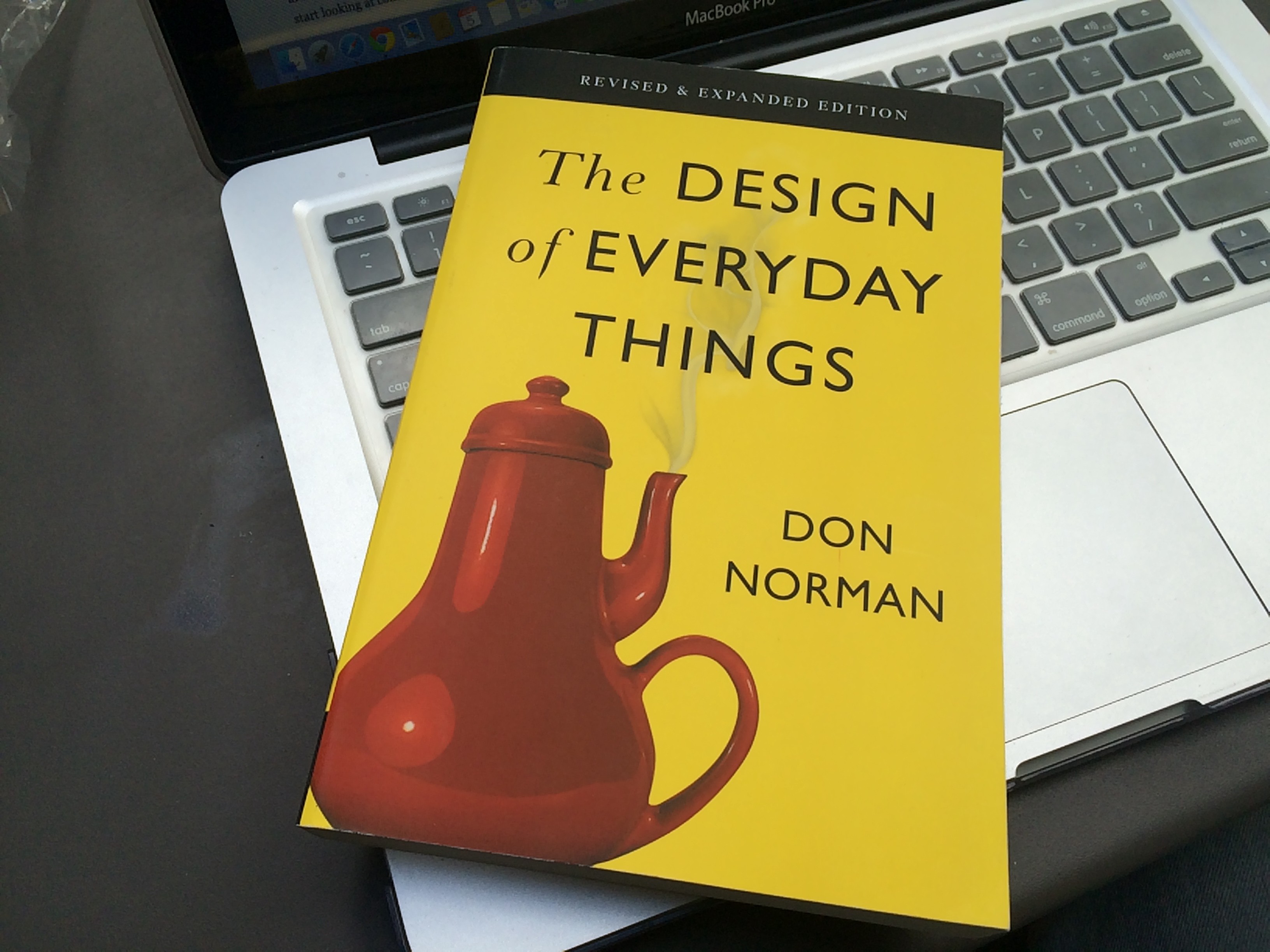

It can be translated to a dictum addressed to the designer as begin with the user in mind. Human-centeredness is an approach that puts human needs, capabilities, and behavior first, then designs to accommodate those needs, capabilities, and ways of behaving. Human-Centeredness is a guiding principle of design When done badly, the products are unusable, leading to great frustration and irritation. When done well, the results are brilliant, pleasurable products.

In other cases, as discussed by Don Norman, poor designs can lead to mishaps, injuries, and even death.ĭesign is concerned with how things work, how they are controlled, and the nature of the interaction between people and technology. Our simple example is an instantiation of consequences where a poor understanding of design principles is being practiced. In our example, we learned that deciding over functionality is a critical decision made by the designers. For our first case, in the picture below, the design clearly suggests the object’s purpose- to hold beverages - with ease of use and simplicity. Here we are presented with two different designs. Objects that need not be complicated need not to have instructional materials to guide its user rather, the product design should suggest the set of possible actions and intents of the design.įor example, imagine a hypothetical scenario where we, as users, are looking for a coffee cup. Ī good design should put an emphasis on utility, not only with beauty it should provide a clear sense of purpose that contributes to our understanding of the set of actions possible and how to operate them.


The American professor and author, Don Norman noted that combination of good observation skills and good design principles are important and can benefit us all because we are all designers in the sense that all of us deliberately design our lives, our rooms, and the way we do things. Bad design, on the other hand, screams out its inadequacies, making itself very noticeable (The Design of Everyday Things, 2013). Good design is actually a lot harder to notice than poor design, in part because good designs fit our needs so well that the design is invisible, serving us without drawing attention to itself. Photo by Hal Gatewood on Unsplash General Design Principles


 0 kommentar(er)
0 kommentar(er)
